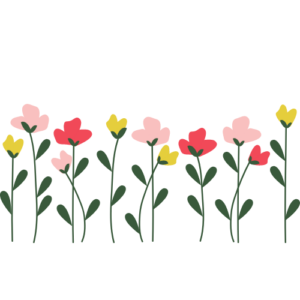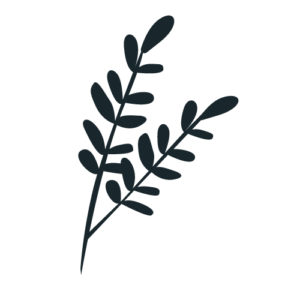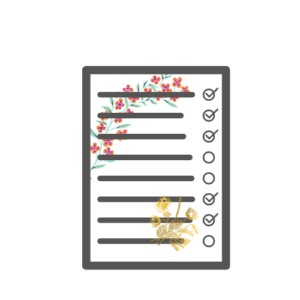Wise women and community healers in the Fenlands relied on what was available in the local landscape to heal their family and neighbours.
This often included plants that grow naturally in the Cambridgeshire landscape.  If you look carefully, some important plants still grow in parks, woodland or – if you’re lucky – in your own garden! A great place to look is along the river banks down at Jesus Green and Midsummer Common. See how many of these you can find on your next walk around Cambridge! You can take the same walk at different times of the year and see how the plants and flower change throughout.
If you look carefully, some important plants still grow in parks, woodland or – if you’re lucky – in your own garden! A great place to look is along the river banks down at Jesus Green and Midsummer Common. See how many of these you can find on your next walk around Cambridge! You can take the same walk at different times of the year and see how the plants and flower change throughout.
Blackberries: From late summer to early autumn, you can find ripe blackberries in hedgerows. Traditionally, blackberries have been used for their antibacterial properties and as one treatment for common diseases. They are totally edible and delicious in a crumble, but one English Medieval legend says that they shouldn’t be picked after Michaelmas (29th September) they will be cursed by the devil and shouldn’t be picked!
Dock leaves: You can easily recognise dock leaves for their big green leaves with a tinge of red and yellow. They grow wildly and, legend has it, can always be found near stinging nettles so people have long believed that if you suffer a nettle sting, rubbing it with a dock leaf will stop it hurting.
Elderflower: Smell the sweet scent of elderflower in hedgerows from May to June. You can collect this flower and the berries and make a delicious summery drink. In traditional medicine, the elderflower is used to treat coughs, colds and dehydration.
Dandelions: Although you can find them on nearly every patch of grass, dandelions aren’t just pesky weeds. Many people consider them a herb and use the leaves, roots and flowers for healing purposes. Ancient doctors in Greece, Egypt and Rome would use them to help with digestive issues. It worked because they are full of vitamins like Vitamin C. ‘Dandelion and Burdock’ was a popular drink in the Middle Ages for the same reasons – you can still find it in the supermarket!
Sloe berries: Keep an eye out for dark purple sloe berries, which have traditionally been picked after the first frost in the late autumn. Eating them raw was believed to cure coughs and colds because their bitterness would detoxify the body. Nowadays, it is usually used to flavour jams or alcohol.
Rosehips: The orange-red berries of the Rosehip were the first plant in which the vital Vitamin C was discovered, which was an important move forward in the treatment of many diseases and infections. In traditional medicine it has been used to treat a lot of aches and pains, but also to help with mental health issues like stress and anxiety. It can be enjoyed in a variety of sweet and savoury ways as a food too!
Top Tips: 
- Only pick plants if you’re sure you know what they are.
- Don’t pick plants from private land, or make sure you have the landowner’s permission if you do.
- Take care not to hurt yourself on thorns.
- Only pick plants if there are plenty more around.

Did you find any other powerful plants? Add to your list!